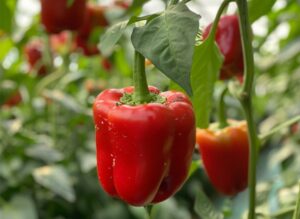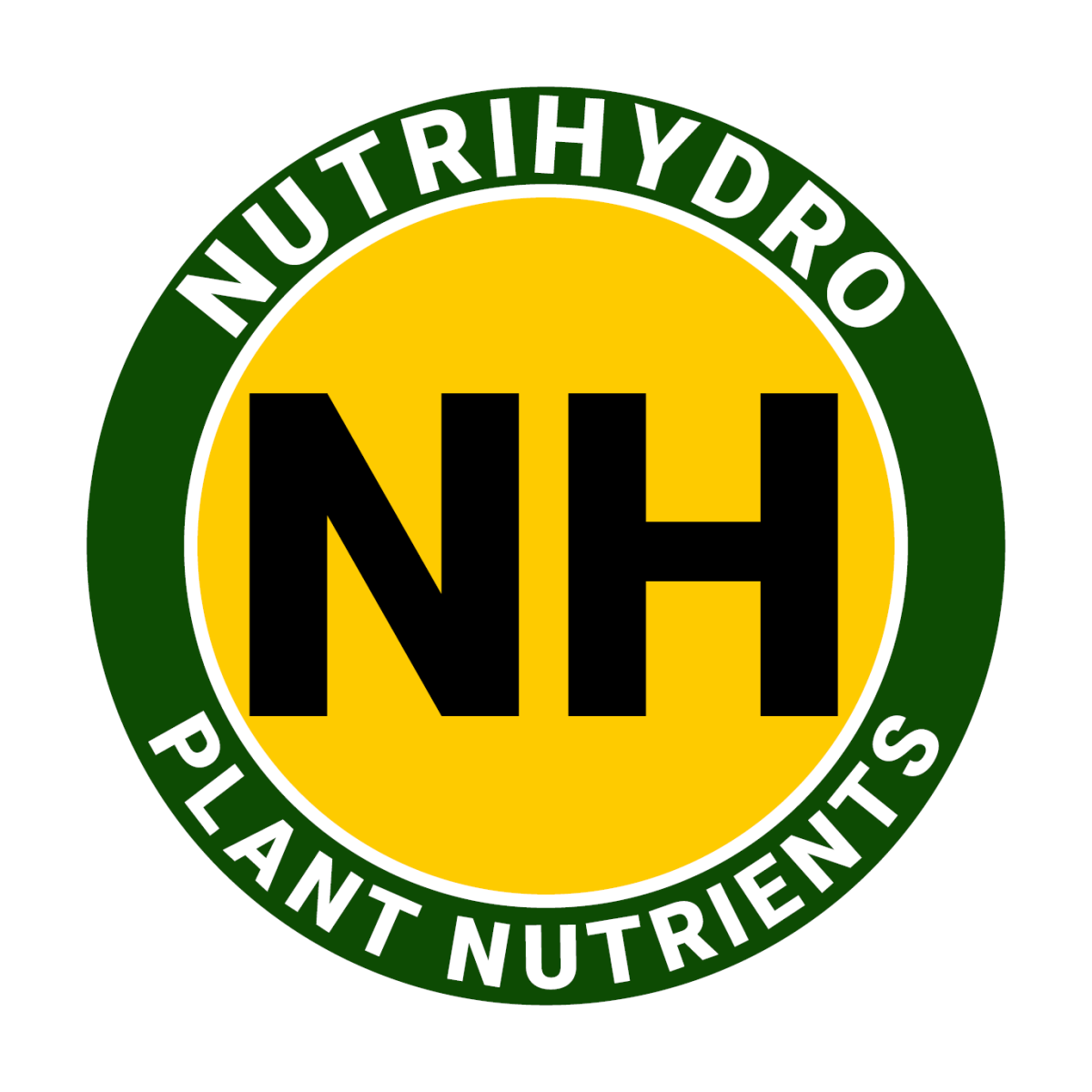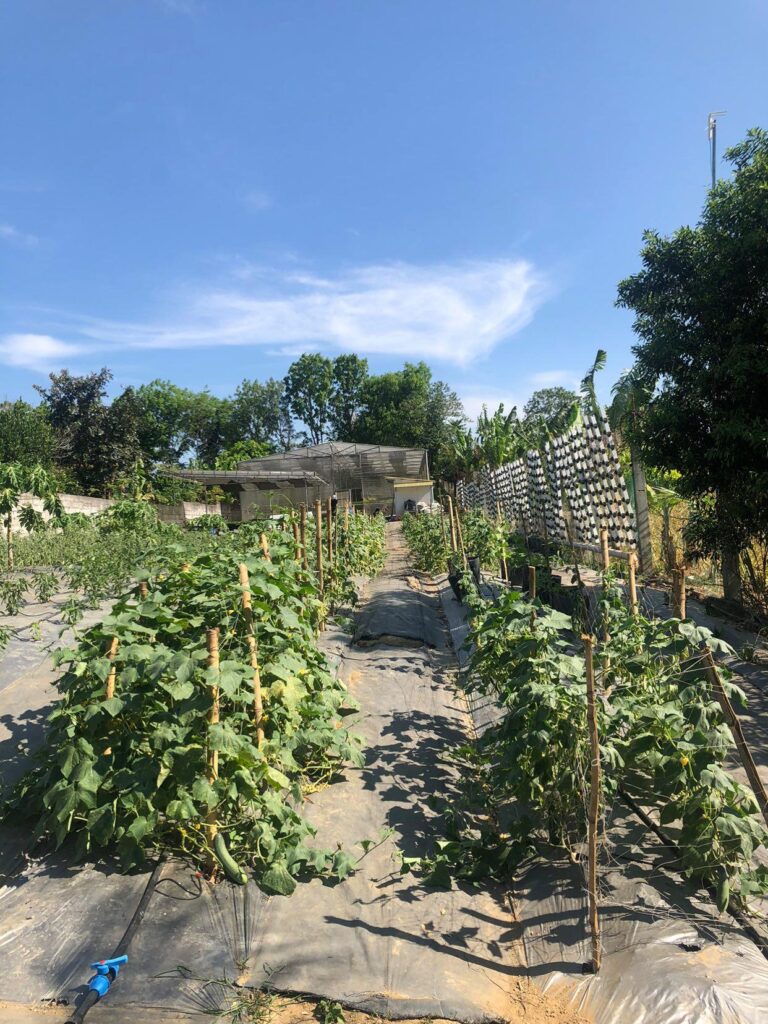Hydroponic Crop Selection: Heat-Tolerant Alternatives for Scorching Climates
Hydroponic Crop Selection: Heat-Tolerant Alternatives for Scorching Climates
As heat waves increasingly affect various regions, traditional hydroponic crops like lettuce may struggle to maintain optimal growth conditions. By diversifying crop selection to include heat-tolerant alternatives, hydroponic farmers can adapt to the changing climate and continue to thrive. This article explores a range of heat-tolerant crops suitable for hydroponic cultivation, offering practical solutions for growers facing scorching climates.
Heat-Tolerant Crop Options:
Cucumbers: Ideal for hydroponic cultivation, cucumbers thrive in warm climates due to their high water content, which helps them tolerate heat and still produce abundant harvests. Employing vertical growing techniques can also maximize space efficiency and increase yield potential.
- Nutrients: Cucumbers require a nutrient solution high in phosphorous and potassium. Using NH Fruit Bearing Formula or NH Melons CFF, ensure a balanced TDS of 1190-1750 ppm.
- Light: Provide 14-16 hours of light daily. Use supplemental LED lighting if natural sunlight is insufficient.
- Temperature: Maintain a daytime temperature of 22-28°C and a nighttime temperature of 18-22°C.
- Vertical Growing: Utilize trellises to support vertical growth, which promotes air circulation and maximizes space.
Bell Peppers: These vegetables are not only heat-tolerant but also grow well in hydroponic systems. Bell peppers are popular for their vibrant colors and sweet flavor, and with sufficient sunlight and warmth, they can yield a consistent, high-quality crop throughout the year.
- Nutrients: Bell peppers benefit from a nutrient solution with a slightly higher level of potassium to support flowering and fruit development. Using NH Fruit Bearing Formula or NH Peppers CFF, keep a TDS level of 1400-1750 ppm.
- Light: Require 18-20 hours of moderate intensity light per day.
- Temperature: Optimal temperatures are 22-25°C during the day and no lower than 18°C at night.
- Pollination: Gently shake the plants or use a small brush to transfer pollen from flower to flower to enhance fruit set.
Cherry Tomatoes: More resilient to heat stress compared to larger tomato varieties, cherry tomatoes can continue to fruit even in high temperatures. They are prolific producers and maintain flavor in hot climates.
- Nutrients: High in potassium is crucial especially during the fruiting stage. Use NH Fruit Bearing Formula or NH Tomato CFF at a TDS of 1300-3500 ppm.
- Light: Provide around 16-18 hours of bright light daily.
- Temperature: Ideal temperatures range from 21-29°C.
- Pruning: Regularly prune lateral shoots to focus the plant’s energy on producing fruits rather than foliage.
Herbs: Basil and mint are particularly heat-tolerant and adapt well to hydroponic cultivation. These herbs are in high demand for their culinary uses and aromatic qualities, providing an excellent opportunity for growers to diversify their produce.
- Nutrients: These herbs require lower nutrient concentrations. Using NH Leafy Formula or NH Leafy CFF, keep the TDS level around 500-800 ppm.
- Light: 12-16 hours of light per day is sufficient.
- Temperature: Basil at 26-32°C and mint at 25-30°C.
- Harvesting: Regular harvesting encourages bushier growth. Pinch the tops to prevent flowering to prolong the vegetative state.
Green Beans: As heat-loving vegetables, green beans adapt well to hydroponic systems and can be grown vertically to save space and enhance productivity.
- Nutrients: Require a balanced nutrient solution, with a focus on potassium during the flowering and pod formation stages. Use NH Fruit Bearing Formula or NH Fruit Bearing CFF at 1400-2800 ppm TDS level.
- Light: 14-16 hours of light per day.
- Temperature: Optimal growth occurs at 18-29°C.
- Support Structures: Provide support structures as green beans tend to climb. This will also facilitate easier harvesting.
Okra: Thriving in tropical climates, okra is highly heat-tolerant and its unique pods are valued in numerous cuisines for their distinctive texture and flavor.
- Nutrients: Okra benefits from a nutrient solution rich in nitrogen and potassium. Use NH Fruit Bearing Formula or NH Fruit Bearing CFF at TDS level of 1400-1680 ppm.
- Light: Needs at least 8-10 hours of full sunlight per day.
- Temperature: Thrives in higher temperatures, between 22-35°C.
- Pollination: Okra flowers need to be hand-pollinated in enclosed environments to ensure fruit development.
Hot Peppers: Varieties such as siling labuyo or Carolina reaper are suitable for hydroponic systems and can handle high temperatures. They are sought after for their ability to add spice to dishes, presenting a lucrative market for growers.
- Nutrients: Like bell peppers, they require higher phosphorus levels during the flowering phase. Using NH Fruit Bearing Formula or NH Peppers CFF, keep a TDS level of 2100-2450 ppm.
- Light: 16-18 hours per day of high-intensity light.
- Temperature: Daytime temperatures of 18-30°C and nighttime temperatures no lower than 18°C.
- Pollination: Use a small brush for manual pollination to increase yield.
Mitigating Heat Stress:
However, even though these crops are heat-tolerant, implementing strategies to mitigate heat stress is crucial. Techniques such as shading, using cooling systems, and applying misting can help maintain optimal conditions, ensuring the health and productivity of hydroponic crops.
As climate change’s impacts become more pronounced, hydroponic farmers must adapt their practices to sustain their operations. By incorporating heat-tolerant crops, growers can navigate the challenges of extreme temperatures and secure a sustainable future in hydroponic farming.
Author

Angela Velasco

Angela Velasco
NutriHydro is a manufacturer of plant nutrients based in the Philippines. They are known to grow the healthiest, heaviest, and largest lettuce in the country. NutriHydro products are available to purchase from the following e-commerce platforms.
Lazada: bit.ly/3asMYXN
Shopee: bit.ly/3nRJX6Z
Basilyard: bit.ly/346Kklw
NutriHdyro Website: bit.ly/434MoY6




